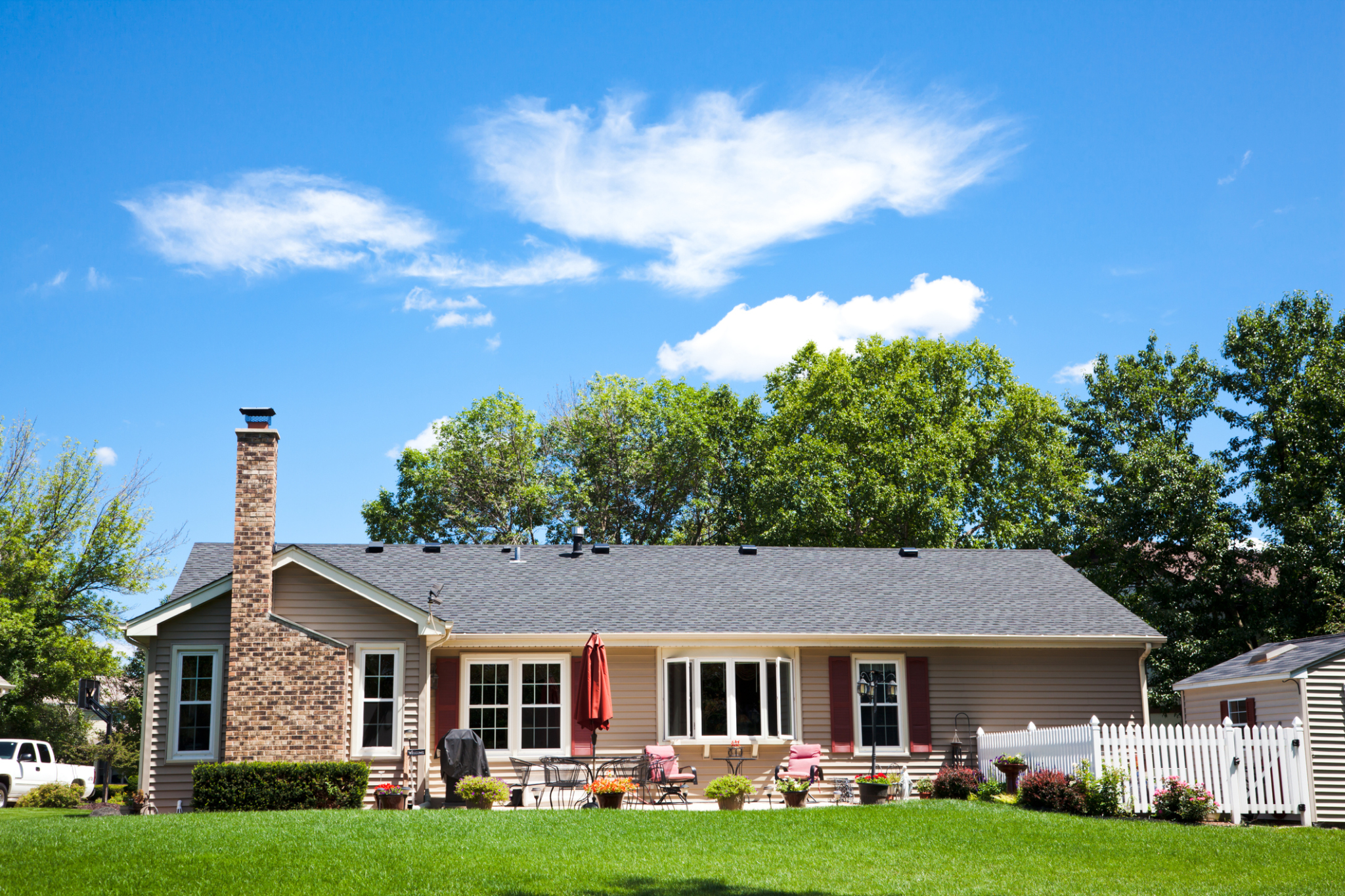All summer, those watching activity in the real estate industry have noted that the spring market came late due to disruptions caused by the COVID-19 pandemic.
And while year-over-year existing-home sales in July were up 8.7% nationally and 14.6% in Illinois, local data displayed a wide gap between urban and suburban environments. Indeed, the Chicago Metro Area far outpaced that of the city, according to the latest information from Illinois Realtors. While the city of Chicago saw sales increase only 0.6% over last year, sales in the nine-county Chicago Metro Area were up 12% from July 2019.
In addition to seeing increased sales, overall activity has also shot up in the suburbs for the second month in a row, according to data from the Mainstreet Association of Realtors. Last month, 54.6% more single-family homes went under contract than in July 2019. Multifamily units in the suburbs underwent an increase as well, through not quite as impressive, at 37.1% over last year.
In terms of hotspots, here are a few of the suburbs where MORe saw a particularly big jump in homes going under contract (see below for an interactive map from the association):
- Arlington Heights (78.9% increase in the number of detached homes under contract, 68.9% increase in number of attached homes going under contract)
- Gurnee (108.3% detached, 138.5% attached)
- Hainesville-Grayslake (68.2% detached, 93.8% attached)
- Niles (75.0% detached, 31.3% attached)
- Oak Lawn (54.1% detached, 81.5% attached)
- Wheaton (73.5% detached, 105.3% attached)
- Woodridge (104.0% detached, 47.1% attached)
Still, homes under contract don’t always translate to the same jump in actual sales. In June, MORe reported a similar rise in activity, with a year-over-year increase of 45.4% for detached homes and 28.9% for attached units. Yesterday, the association reported the boost to closed sales that month ended up being just 17.3% and 6.5%, respectively.
The association pointed to a Harris Poll from this spring that indicated some 40% of city residents across the country were considering moves to less populated areas due to a desire for more personal space in light of the pandemic. “Anecdotally, we’ve also seen strong evidence of a COVID-driven migration to the suburbs,” MORe CEO John Gormley said in a press release.
Of course — city or suburbs — inventory remains a problem. Illinois Realtors reported that, year over year, supply fell 32.3% in the Chicagoland suburbs and 13.2% in the city, translating to a 6.9% and 7.5% increase in prices, respectively.
Supply is particularly an issue at the lower end of the market. “Right now, we have only about three months of inventory available for homes under $335,000 in the Chicagoland suburbs,” MORe board of directors president Brian Kwilosz said. “Many buyers are finding themselves in multiple-offer situations.”
